Climbing is Looking Up
As any parent knows, children love to climb, anything. From the dresser drawers to the first time they awkwardly wrap themselves around a tree trunk. Teenagers scale walls and adults seek out remote mountaintops. When we are at our strongest and most confident, we climb.
The Outdoor Industry Association puts total participation in rock climbing in the United States at 4.7 million to 6.9 million people, and the Climbing Wall Association estimates that there are 600 climbing-specific gyms and thousands of climbing walls within larger facilities and camps.
While the popularity of rock climbing seems to have peaked in 2002 to 2006, there has been an explosive growth of nature-themed climbing in playgrounds and parks. With improvements in the manufacture of climbing structures and sculptures, accessibility and safety has improved, making climbing a sport with widespread appeal across age groups and skill levels.
Playground designers and manufacturers have recognized that traditional post and deck structures and climbing events don’t fully satisfy the urge to climb that we all feel. In recent years, the industry has stepped forward to meet the challenge with climbing sculptures that have added a new dimension to playground activity, with more realistic surfaces, more challenging athleticism, and creativity in forms. New technology has enabled complete creative freedom; climbers are no longer limited to walls and boulders. Playground designers can now create expressive sculptures that combine the health benefits of climbing while also providing a venue for imaginative play.
Climbing is playing
Kids are all innately different; some are daredevils, others more quiet and introspective. Some create imaginary environments from their surroundings, while others try to conquer whatever is close by. Nature play and climbing provide opportunities for both by being both athletic challenges and adventure-filled landscapes.
Children also crave unique and compelling environments. Just like an adult in a cubicle, children recognize the encroaching sameness of the spaces we live and work in. Sculptural climbing gives designers the opportunity to make each play space unique with its own special nuance.
Climbing sculptures provide that diversity of experience by combining physical and mental challenges. Manufacturers of custom play sculptures consider the physical activity to be only one component of a well-designed play feature. Each piece should provide aesthetic and sensory aspects that give children and adults a foothold into imaginary landscapes and act as a canvas for their imagination.
Climbing never gets old
As those in the playground industry know, most structures have a life expectancy of 20 years or less. Aesthetic tastes change, user groups change, and children exhaust the play value of traditional structures. What was once a source of pride for the community quickly becomes destined for the landfill. This life expectancy is contrary to the general trend of the construction industry, which is to design for lasting durability. Playgrounds should be timeless by offering opportunities for ever increasing challenges. A well-designed playground climbing feature should include routes for all types, ranging from scrambles for young children to advanced over-hanging problems for adults. As skills and strength grow, so should the challenge.
Anyone can be a climber
For most climbers, climbing is a lifelong sport. One of the joys of rock climbing is that you can spend your entire life as a climber and never master the sport; in fact, few ever do. Because climbing has become safer, younger children are being introduced to the sport by their parents, making it a sport that multiple generations can enjoy together.
Climbers are healthy
Climbing, by its nature, combines physical power with mental fortitude. It builds strength, resolve, and control. Climbers tend to have an uncanny awareness of the body and movements, using efficiency of motion to overcome physical challenges.
Rock climbing increases aerobic and anaerobic endurance, strength, and flexibility. According to “The Outdoor Athlete,” climbing short, steep, and overhanging routes enhances anaerobic endurance, while climbing longer, sustained routes promotes aerobic endurance. Both aerobic and anaerobic exercises improve cardiovascular function and body composition. The process of climbing itself involves stretching your limbs to reach hand and foot holds, increasing strength and flexibility.
Physical and mental strength are not the only benefit of climbing. You also can enjoy a reduction in stress and stronger emotional health. Many people feel a sense of peace and freedom from everyday pressures when participating in activities that bring them closer to nature.
Climbers have a personal connection to the natural environment
As a climber, you are forced to look at a route at every scale, assessing both the overall strategy and individual handholds, down to the minute texture of the rock. Artificial rock brings that intense scrutiny to the playground, building essential problem-solving skills.
As playgrounds have become standardized, synthetic materials have proliferated. Meanwhile, our affinity for natural materials and its effect on well-being has been well documented in a variety of other fields such as health care and office workspaces. Well-designed climbing sculptures bring the textures and materials of nature back to the controlled environment of the playground by creating connections to the outside world. Material and sculptural advances in artificial rock fabrication mean that playground users can experience actual geology, feel the warmth of rock, and explore its layers of detail.
Co-written by Andris Zobbs and Ian Glass

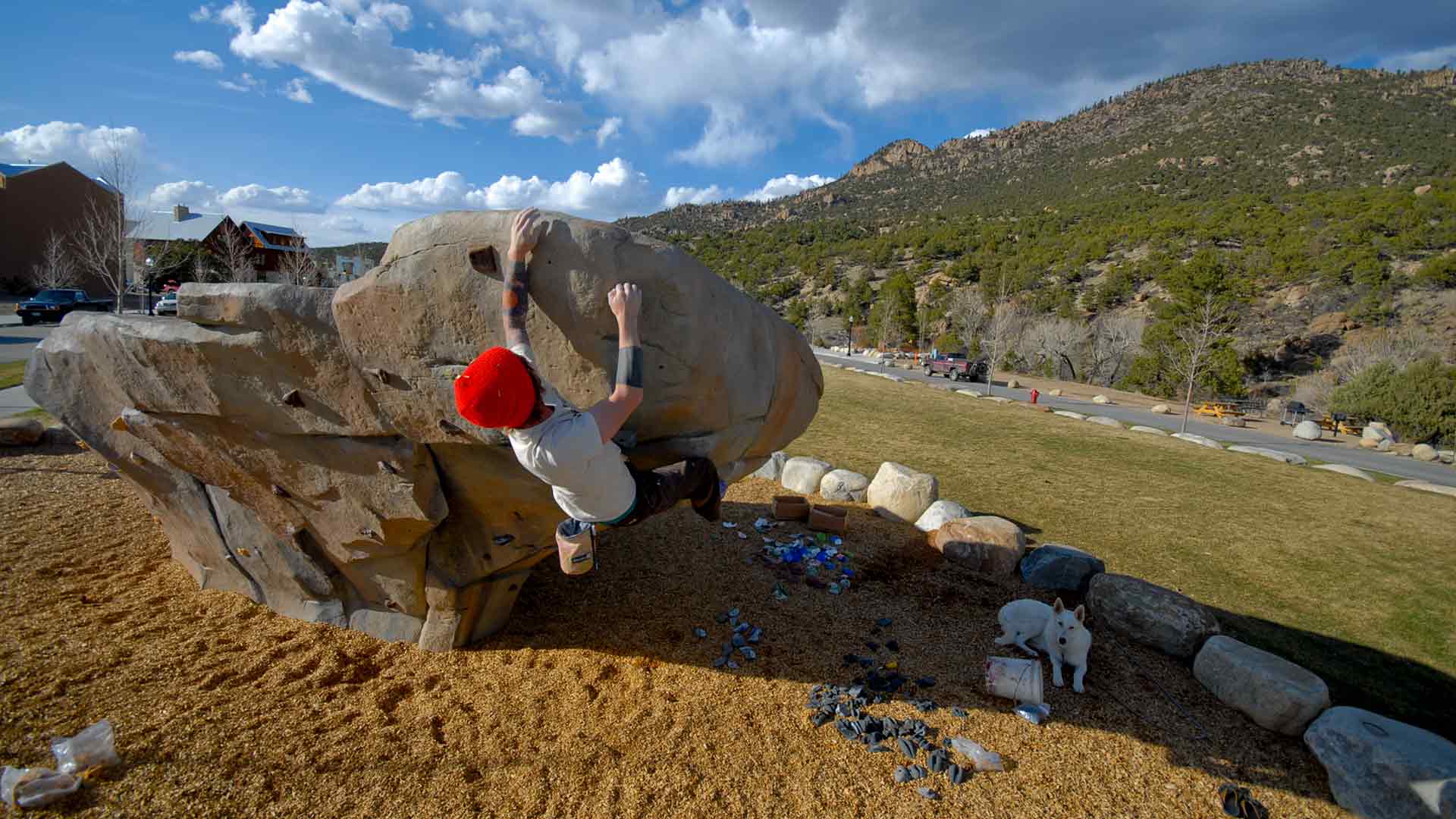
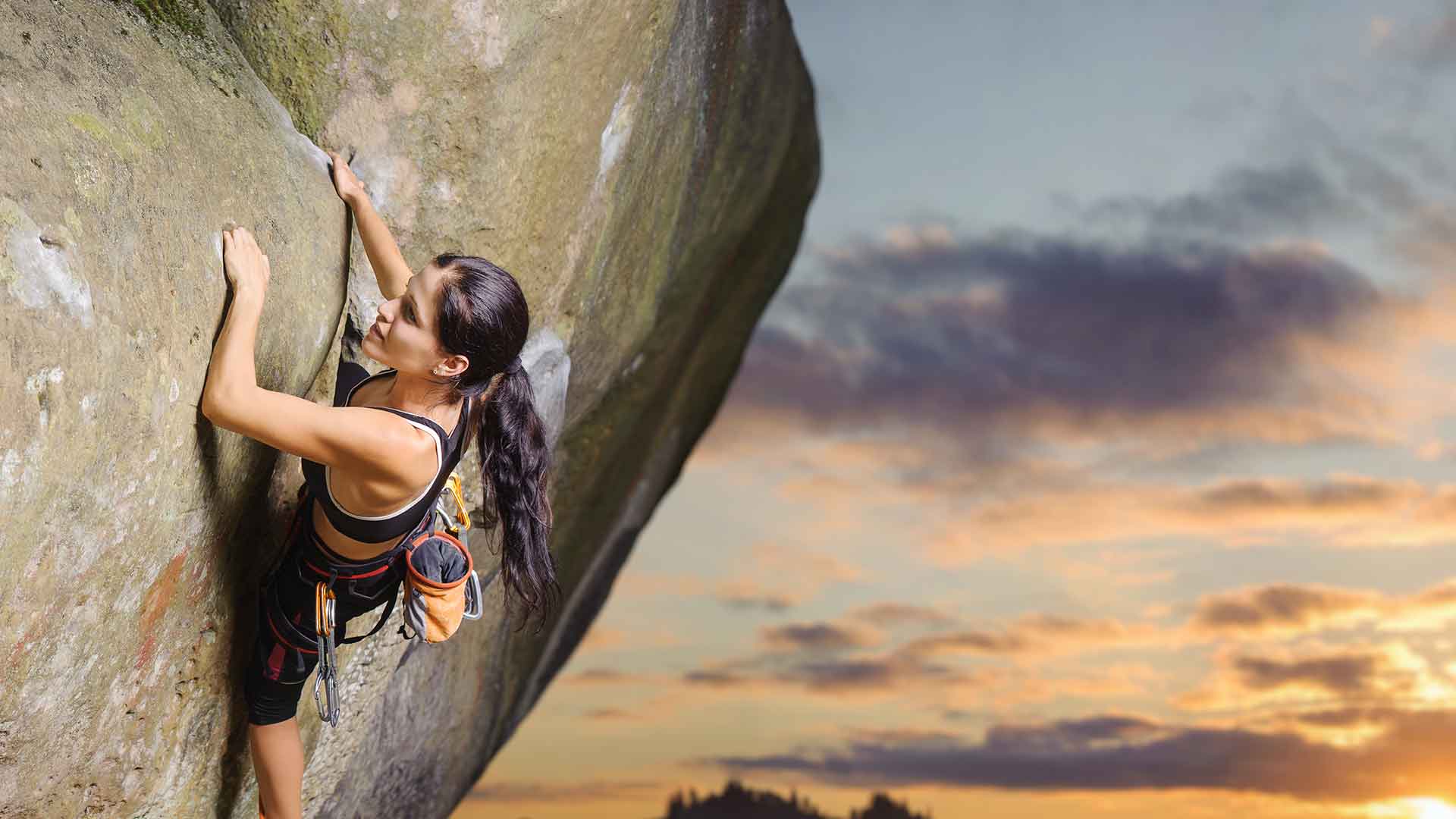
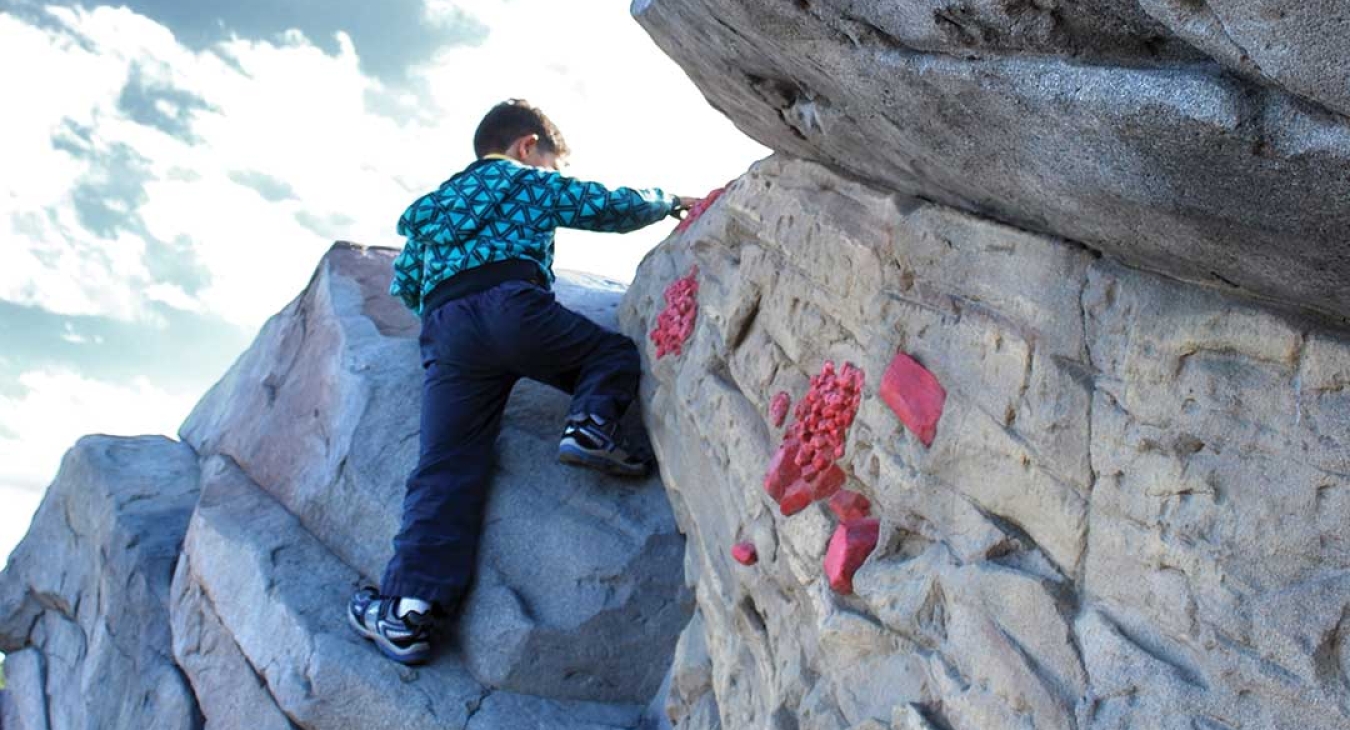
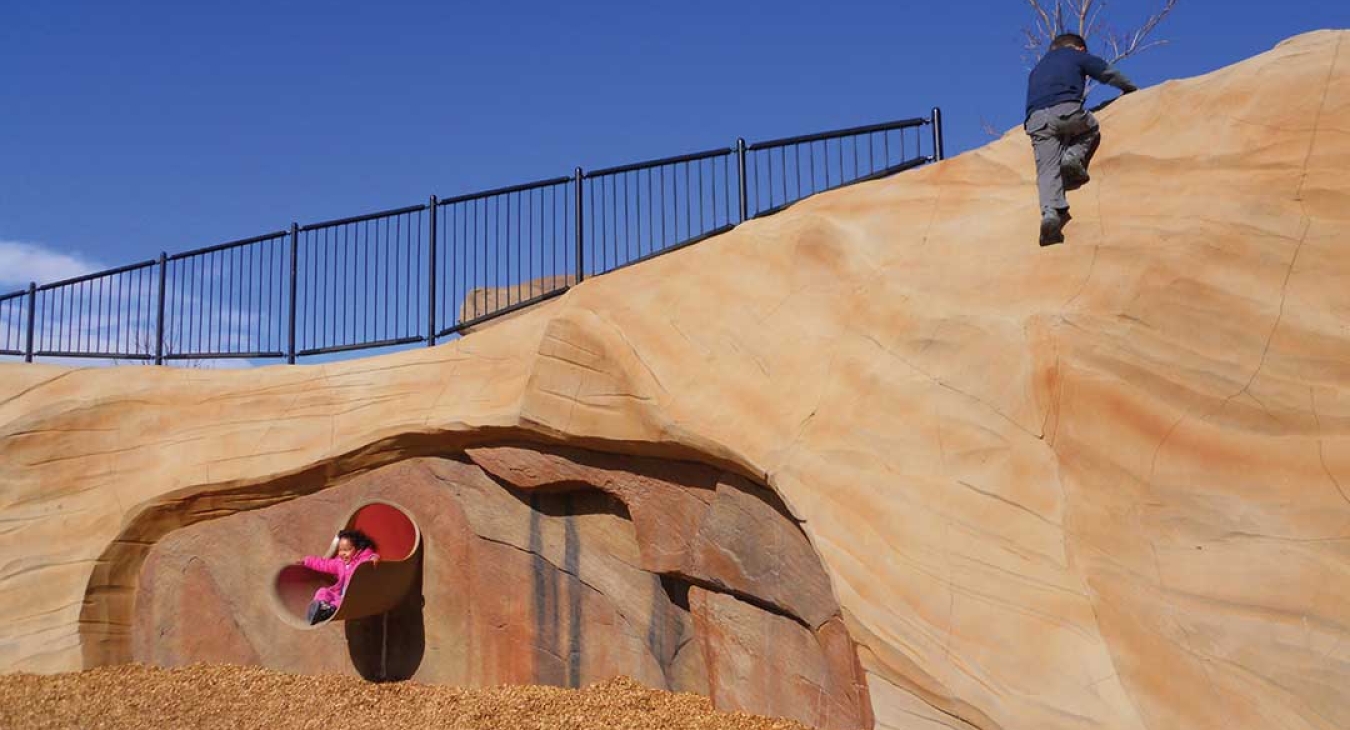
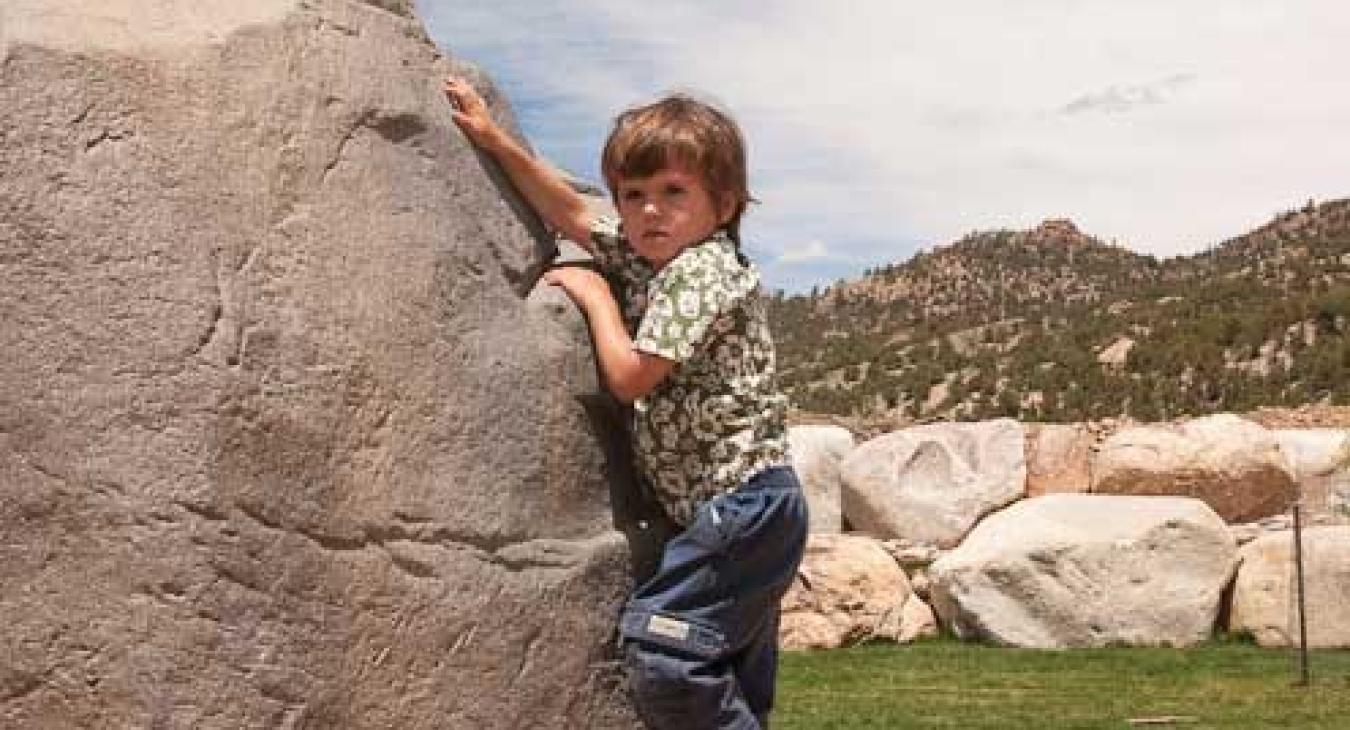
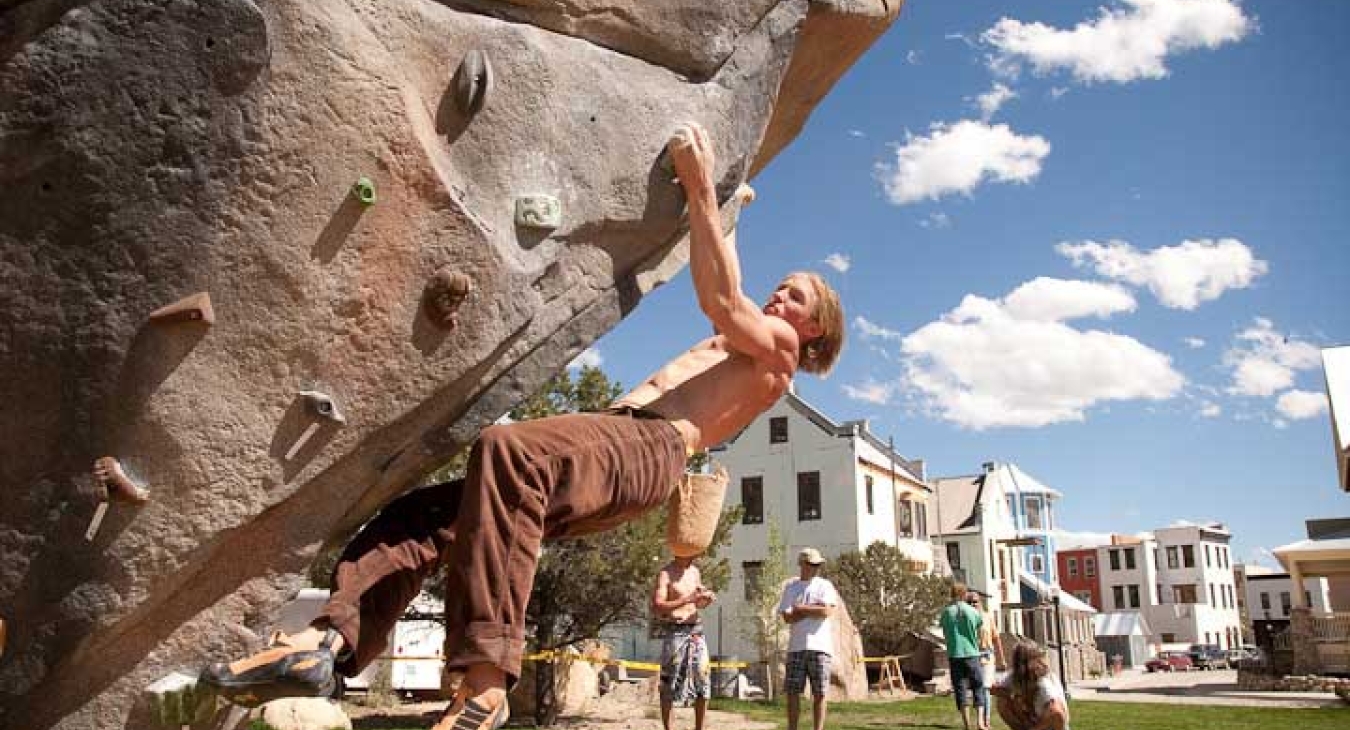
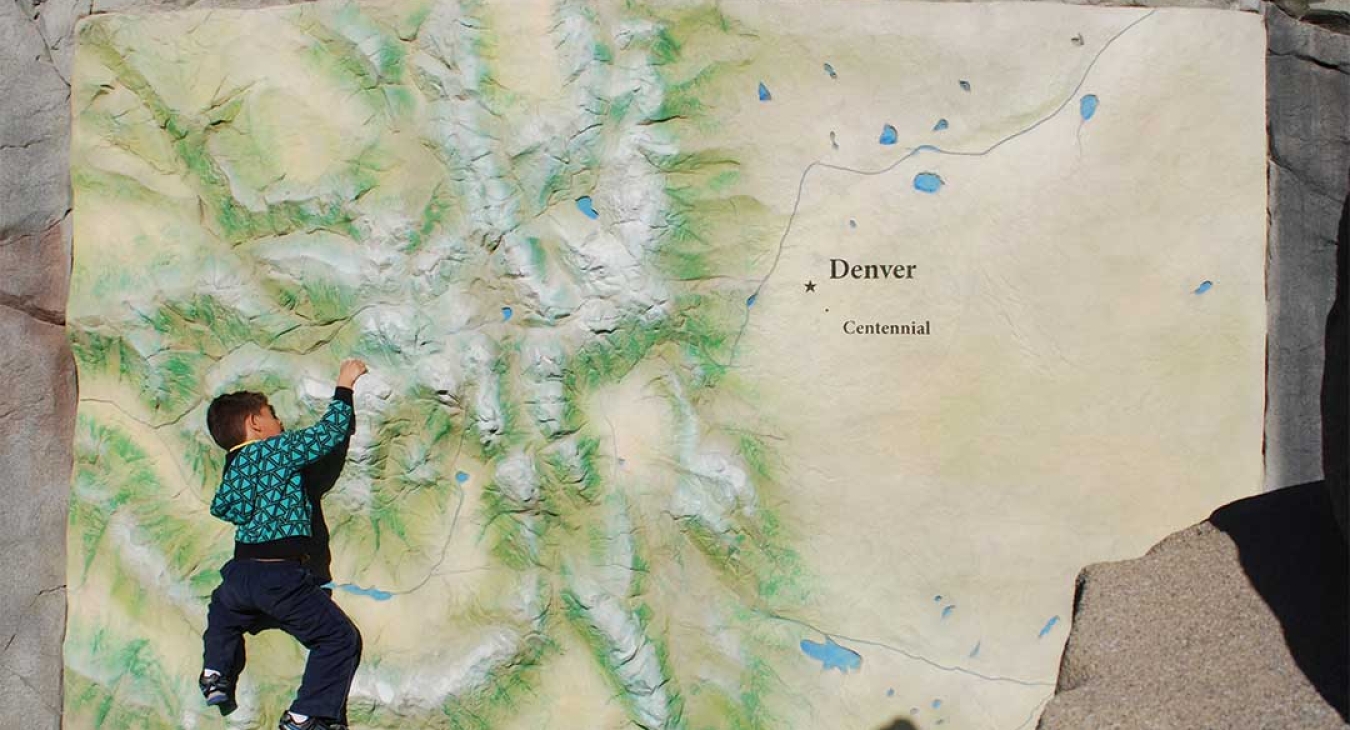
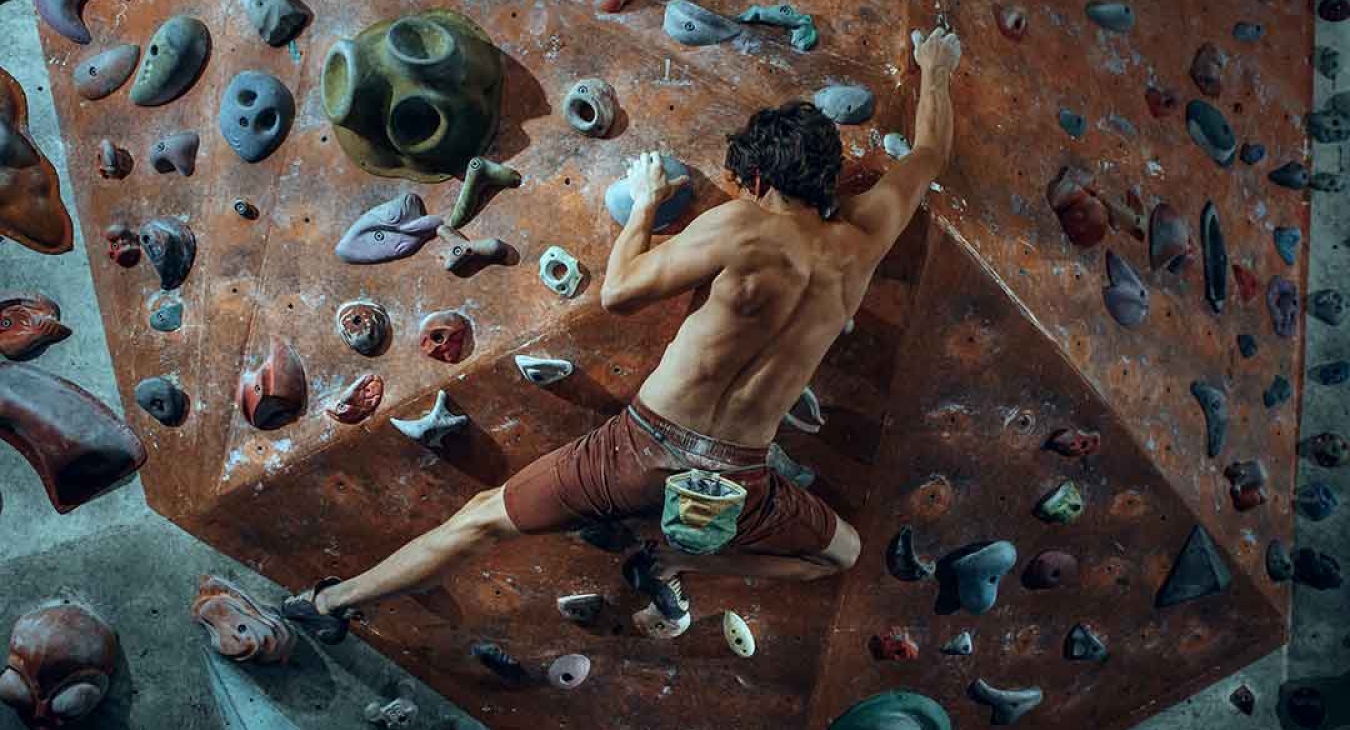
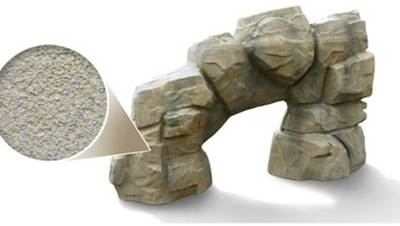
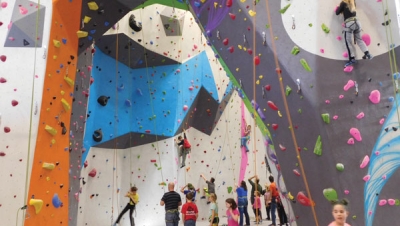
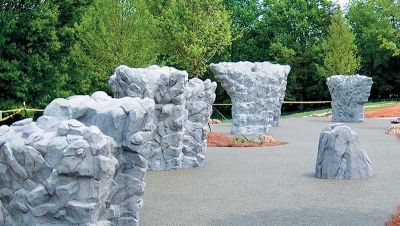









Add new comment